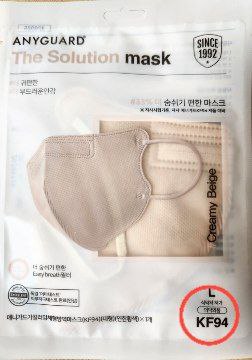Is your mask actually protecting you from fine dust?
페이지 정보

본문
Credit: https://mpp-ppe.com/wp-content/uploads/2020/09/SM-Blue-type-IIR-mask-right.jpg
Amidst the vibrant energy and technological advancements, the rise of air pollution threatens both public health and environmental sustainability in South Korea. To keep protected, it is recommended to wear a mask when the air quality index (AQI) is above 150. For some people with respiratory diseases, the range might be even lower. However, opting for a random mask won’t do even if it’s bought from a pharmacy, because there are different types of masks for different uses. A surgical mask, for example, is the most common type of mask, but it is ineffective in protection from fine dust. They are worn to capture droplets emitted by the wearer, particularly when sneezing, and are frequently used by unwell individuals. They protect from getting infected but not from fine particles.
Respirators (dust masks) are
the masks you have to look for to protect your body from dust in Korea. So how
do you differentiate the regular mask from a dust mask? If you ever paid
attention to mask packs in convenience stores or pharmacies, you would see numbers such as
KF94, KF80. These are the ratings by the MFDS (Ministry of Food and Drug
Safety) assigned to masks that fulfill certain filtration requirements. The
number on it represents the filtration capabilities. KF ratings come in three
different levels:
KF80 – Filters at least 80% of particles at 0.3 micrometers in size.
KF94 – Filters at least 94% of particles at 0.3 micrometers in size.
KF99 – Filters at least 99% of particles at 0.3 micrometers in size.

Similarly, there is the N category (N95, N99, N100) which is rated by the U.S NIOSH (The National Institute for Occupational Safety and Health).
There is no difference whether you buy KF or N-rated masks: both are effective. However, make sure to purchase a mask with a rating. Try to keep updated with the air quality in your area and wear a proper mask when needed.
- PrevRevealing the Impact: How Industrial Processes Drive Climate Change 24.05.29
- NextTackling Climate Change: South Korea's Ambitious Carbon Neutrality Agenda 24.04.24
댓글목록
There are no registered comments.

